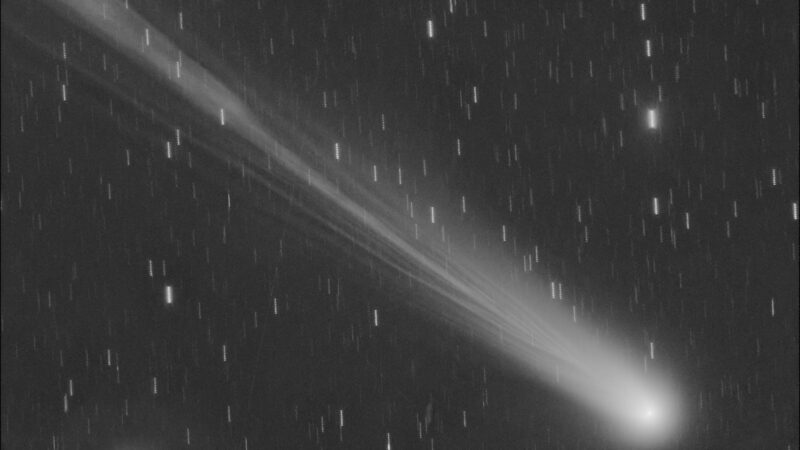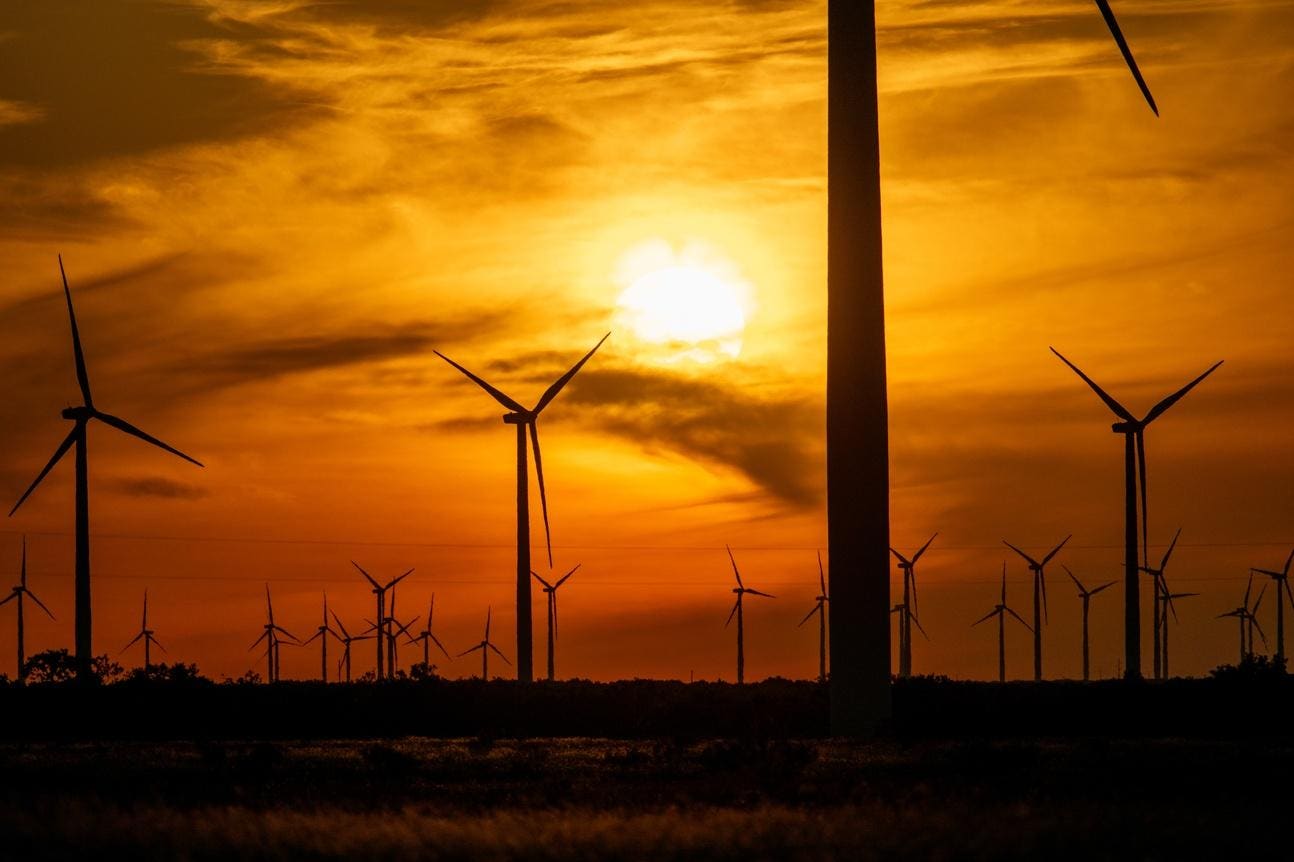Comet C/2025 A6 Lemmon on Oct. 11, 2025, as imaged by Gianluca Masi at The Virtual Telescope Project (www.virtualtelescope.eu).
Gianluca Masi at The Virtual Telescope Project (www.virtualtelescope.eu). Used with permission.
Check my feed every day this month for a daily “comet tracker” with finder charts and tips for viewing Comet Lemmon and Comet SWAN from mid-northern latitudes. Also read How To Photograph The Green Comets, Best Stargazing Apps For Finding The Comets and 25 Dark Sky Parks In The U.S. To See The Comets.
The Northern Hemisphere’s night skies this October are building toward what could be a once-in-a-lifetime highlight — two bright comets visible as the annual Orionid meteor shower peaks. Overnight on Oct. 21-22, up to 20 meteors per hour may streak through the darkness, with conditions nearly perfect thanks to a moonless night sky. Adding to the excitement, Comet Lemmon (C/2025 A6) and Comet SWAN R2 (C/2025 R2) may also be visible in the post-sunset sky. Together, the meteors and the comets promise one of 2025’s most memorable skywatching experiences.
When And Where To Look
The Orionids are best seen after midnight and before dawn, when their radiant point is in the constellation Orion, “the hunter,” which climbs into the southeastern sky around midnight. From rural dark-sky locations, expect to see around 20 bright “shooting stars” each hour. The new moon, also on Oct. 21, will be a huge help. Ditto for the comets. Comet Lemmon will be positioned near the Big Dipper in the northern sky.
It’s circumpolar, so this comet will be visible both in the evening and early morning hours across the Northern Hemisphere. Comet SWAN R2 may be more impressive (it has a long tail), but it will only be visible in the west after sunset for a short time, beneath the Summer Triangle asterism of three bright stars. One of them — or both of them — may be visible to the naked eye, but binoculars may be needed depending on their brightness.
What You’ll See
The Orionids are known for their swift, bright meteors, which often leave glowing trails. Each meteor is a fragment from Halley’s Comet, which slams into Earth’s atmosphere as the planet passes through its debris stream.
This year’s peak coincides with a new moon, making conditions among the best possible. Meanwhile, comets Lemmon and SWAN R2 are shining at magnitude 4.9 and 5.8, respectively — technically visible to the naked eye from rural skies, but best seen in binoculars. A meteor shower peak and not one, but two comets is a rare cosmic overlap.
Observing Tips
If ever there was a time to search out dark skies, it’s overnight on Oct. 21-22. That’s not only the Orionids peak, but when both comets are predicted to peak in brightness because they’ll both be at their closest point to Earth (though still many millions of miles away).
To have the best views of the comets and to see the most meteors, find a dark site far from city lights — such as a Dark Sky Place or an area that appears dark on a light pollution map. For the comets, bring binoculars and a long telephoto lens for the comet or a small telescope, if you have one. Apps like Stellarium, Star Walk and Sky Live will help you find the exact locations of the comets.
For the meteors later at night, bring a reclining chair, warm clothes and snacks, and expect to wait 20-30 minutes for your eyes to adjust to the darkness. Don’t fixate on the radiant point in Orion — meteors can appear anywhere in the sky.
What’s Next In The Night Sky
After the Orionid-Comet spectacle, the “shooting stars” will diminish and so will the brightness of the comets, but they may be visible into early November until the rise of the bright full moon, the beaver supermoon, on Nov. 5.
The times and dates given apply to mid-northern latitudes. For the most accurate location-specific information, consult online planetariums like Stellarium.
Wishing you clear skies and wide eyes.









